We love summertime for swimming and paddling on our beautiful rivers and lakes, but those hot, muggy days make it tough to enjoy hiking in the woods. Crisp, cool fall days are ideal for both short hikes and overnight backpacking trips in the Laurel Highlands. (I.e. you won’t be wringing sweat out of your t-shirt at the end of the day.)
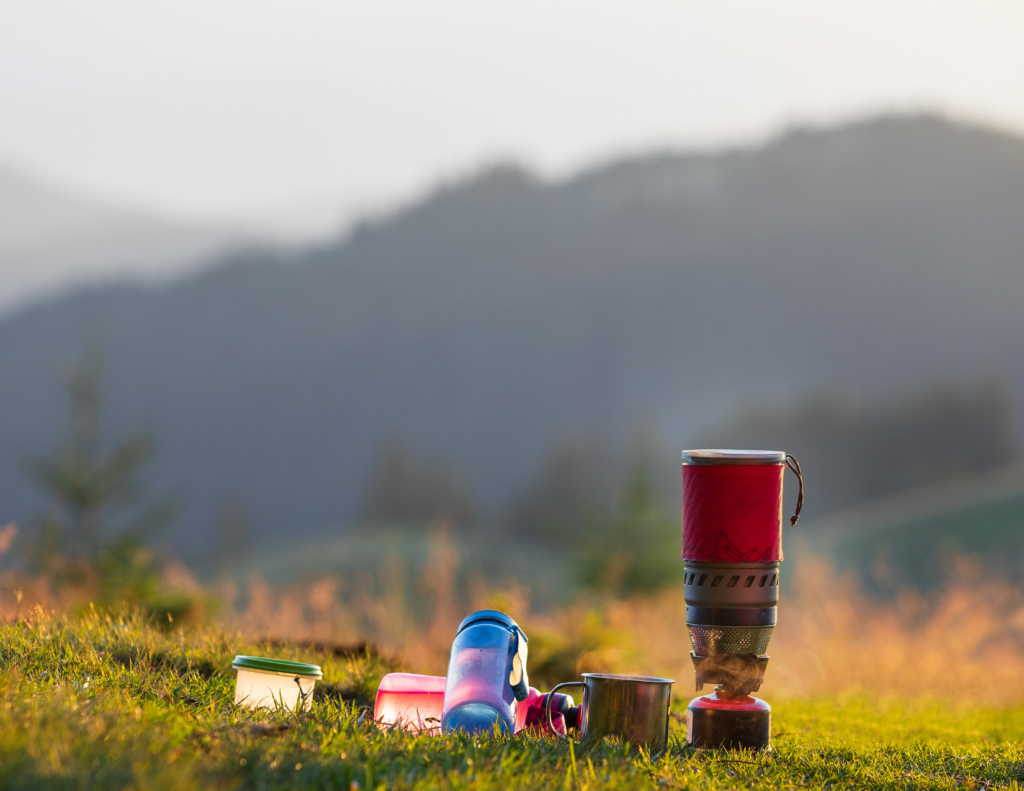
Even though you don’t get as sweaty when it’s cool out, you still need to consider hydration in the backcountry. Clean drinking water is essential for a long day on the trail, so you should always have a plan for gathering and purifying it before you head out the door.
Even if a wild water source looks clear and clean, there’s always a danger that streams, lakes, and rivers can contain bacteria and illness-causing parasites such as giardia and E. coli. (Check out our Roadside Springs Sampling page for beta on local water sources.)
There are a handful of different methods for killing germs and removing contaminants from water: filters, purifiers, chemical treatments, UV lights, and boiling can all be effective ways to make your water safe to drink. Read on to learn which method is best for you!
Water Filters
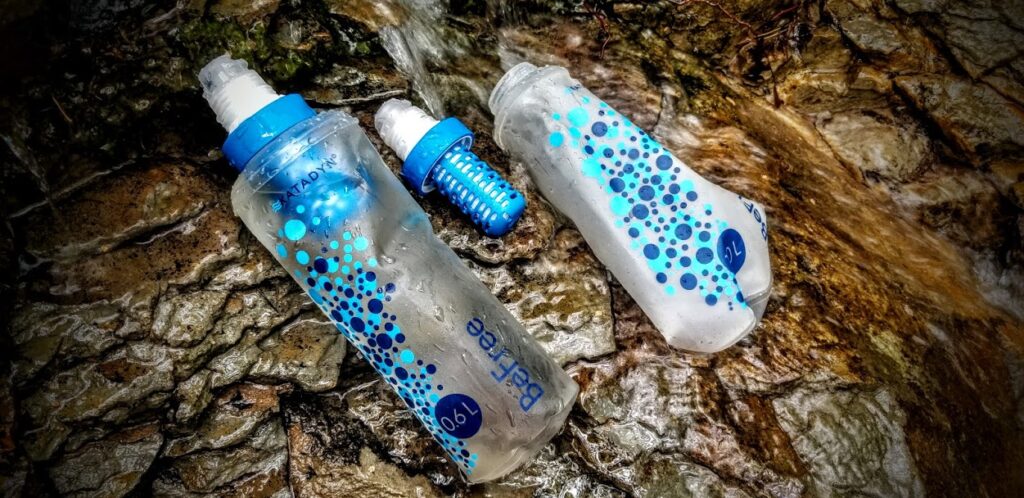
Water filters work by straining water through a very fine, porous material that removes bacteria and protozoa. They come in a number of different forms, from pumps, gravity filters, squeeze filters, or bottles with integrated filters. Filters leave no chemical aftertaste and strain out grit and sediment in water, leaving you with clear, clean water to drink.
There are several types of filters, ranging from large and bulky to ultralight. Gravity filters have a big capacity, so they’re great for larger groups, and they require almost no effort on your part. Pump filters take a bit more work, but they are long-lasting, cleanable, and convenient for filling bottles. Squeeze filters, popular with long-distance hikers, are very small and can attach directly to a water bottle, bladder, or pouch for instantly drinkable water.
Some filters do require upkeep to function correctly. Many need to be backflushed to maintain their flow rate. As sediment gets lodged in the fibers, the water can reduce to a trickle. If you’re filtering water from clear streams and lakes, the filter won’t clog as quickly as it would if your water sources are cloudy and full of dirt. Filters are also susceptible to damage if used in freezing conditions, so keep it in your sleeping bag if you’re camping somewhere cold!
Purifiers
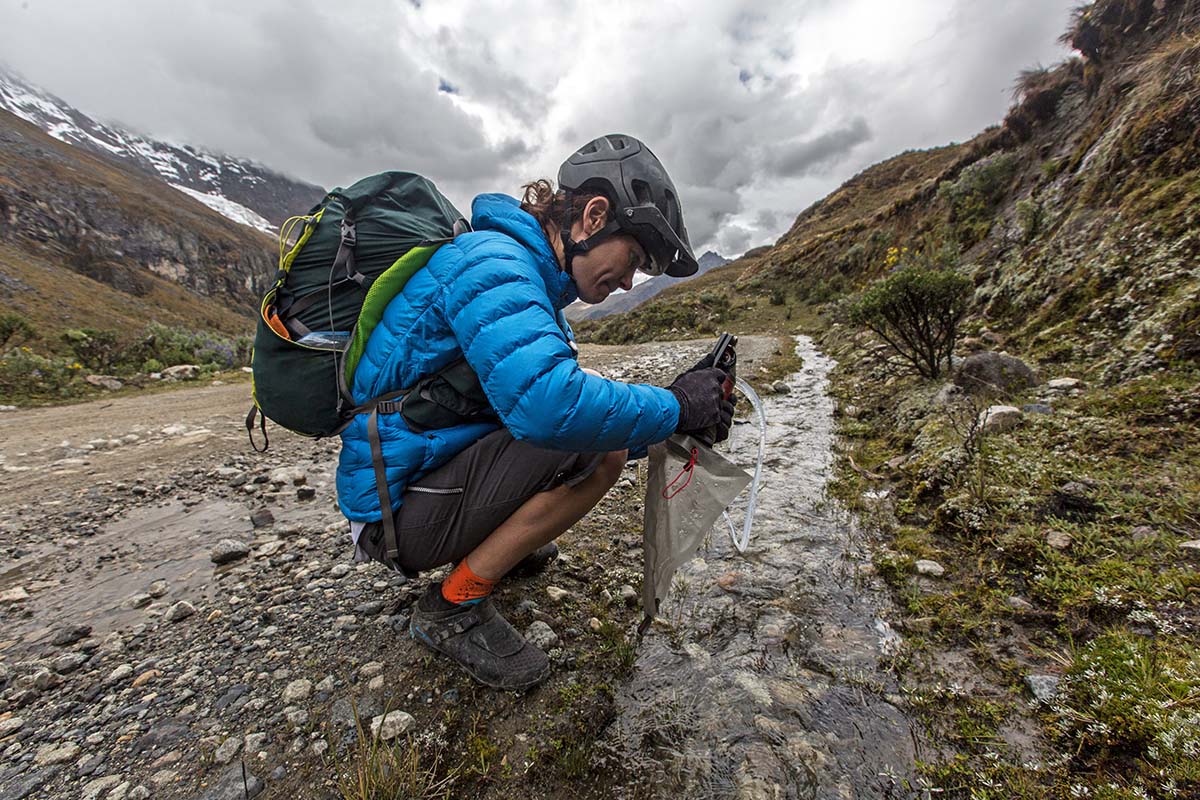
Purifiers work much like standard water filters, but they use more advanced materials to remove viruses in addition to bacteria and protozoa. Some models can also remove heavy metals like lead.
These are typically more expensive than non-purifying filters, and they can take a little more time to produce clean drinking water. If you’re going on an adventure outside of the United States, a purifier is a great choice to make sure your drinking water is free from harmful pathogens.
Chemical Treatments
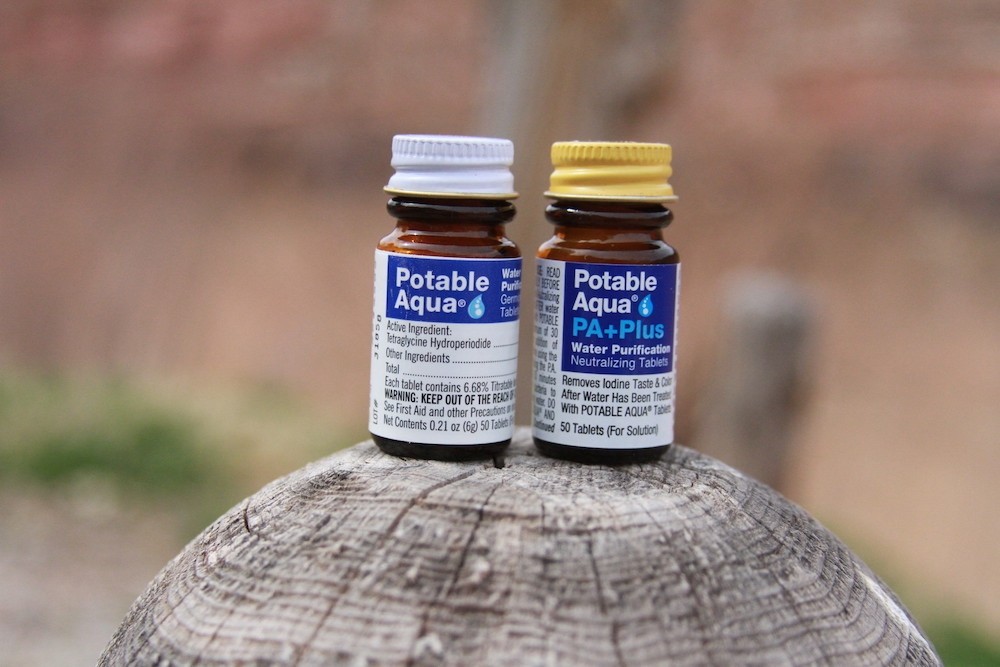
Treatment tablets or drops are another popular way to purify water directly in your bottle. They’re affordable, compact, and lightweight, a great choice for backpackers who are looking to save some weight. Iodine tablets or chlorine dioxide drops are a popular treatment method that can be effective at removing bacteria, protozoa, and viruses from water. Some tablets are more effective than others, so make sure you read the label before use!
Different brands also require different amounts of treatment to clean your water, and the process can take up to 30 minutes. (Don’t rush through the directions–giardia lasts a lot longer than it takes to clean your water properly!) Chemical treatments can also give water a funny flavor, and they don’t help to remove sediment.
UV Light
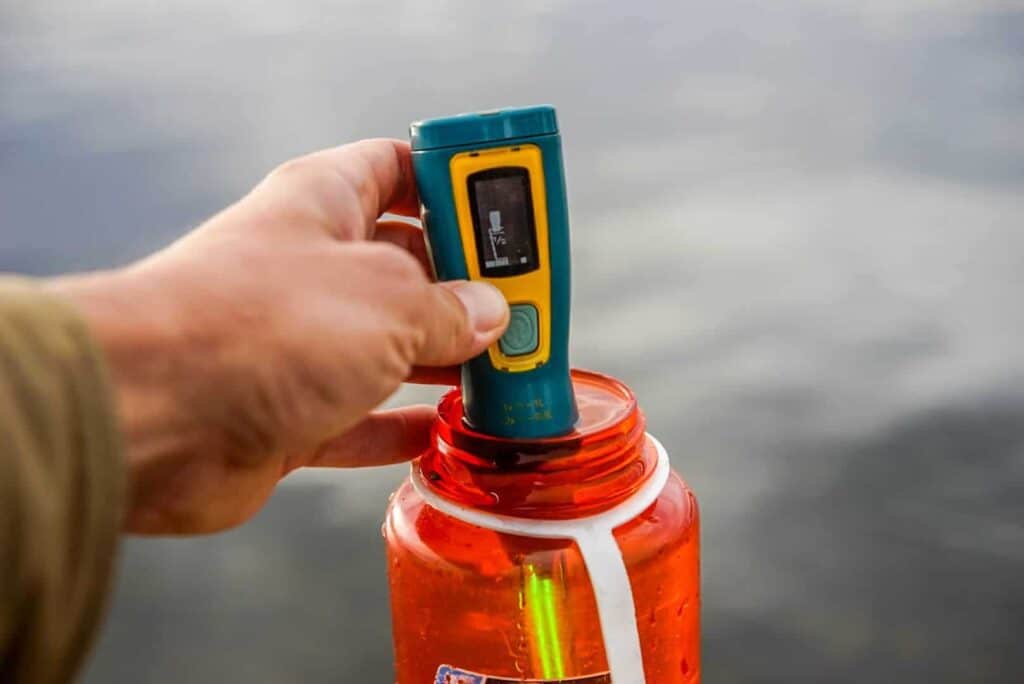
Wand-style or bottle-integrated UV purification systems use ultraviolet light to kill contaminants. This high-tech solution treats one liter of water in 90 seconds, and it removes bacteria, protozoa, and viruses from water. This method is lightweight and easy to use, as long as you don’t forget to charge the batteries!
UV purifiers aren’t for everyone, though. Because the light needs to travel through the water to treat it, these systems don’t work well in cloudy water. They’re also very sensitive to temperature and tend to malfunction in cold to freezing conditions. Although many UV purifiers can treat 20 liters on a single charge, you still have to be mindful of your battery life throughout a trip. That means you’ll probably end up carrying tablets or a squeeze filter as a backup method, unless you’re just out on a day hike.
Boiling
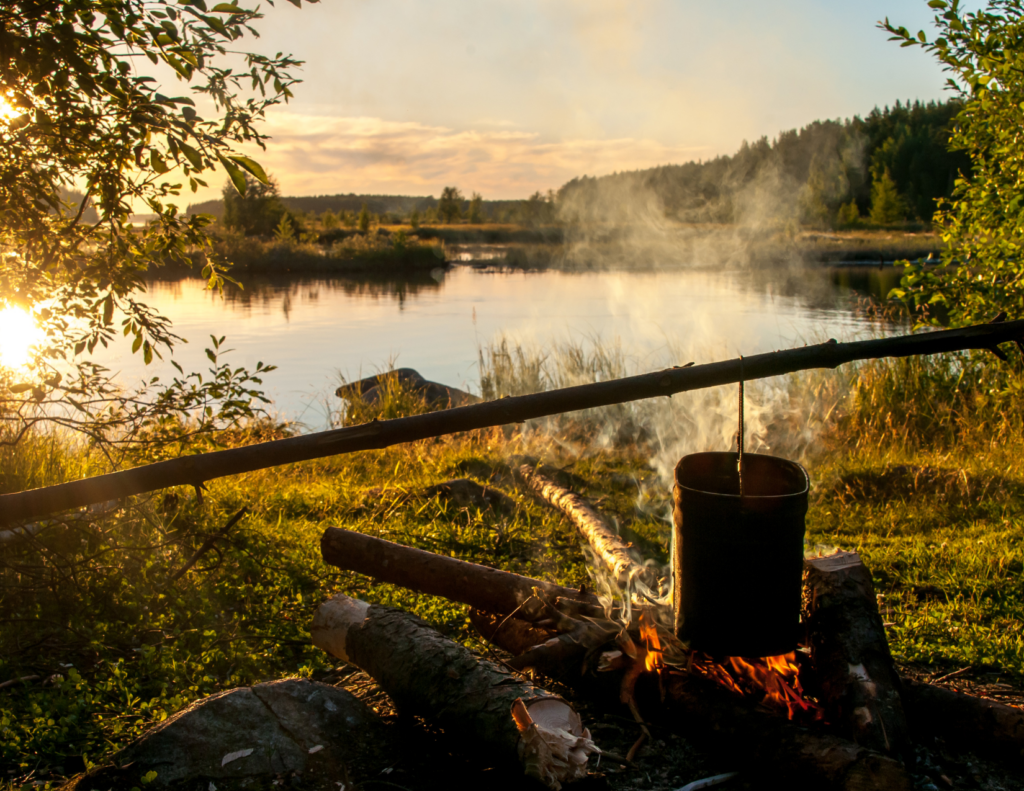
Boiling is one of the most basic and time-tested methods of water purification. It’s a great backup method, in case your filter breaks or you run out of purifying tablets. Whether or not boiling is your primary method for obtaining drinking water, it’s a great skill to have if you find yourself in a survival situation (or if you’re just making coffee).
Per the CDC’s guidelines, water needs to reach a rolling boil to kill all harmful germs. It should boil at this level for one minute (this changes to three minutes at elevations over 6,500 feet). To make boiled water taste better, you can try pouring it from one container to another and then allowing it to stand for a while, or add a pinch of salt for each liter of water after boiling.

